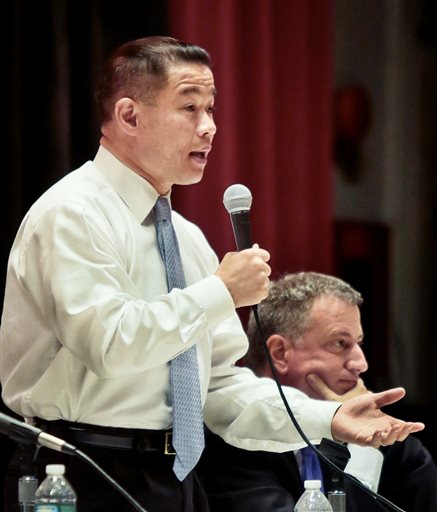OPINION: Community-based policing: An alternative to stop and frisk

In the face of growing criticism of the NYPD’s “Stop and Frisk” operation, Mayor Bloomberg has taken a “my way or the highway” position. Without Stop and Frisk, he says, there is no effective way to reduce crime in inner-city neighborhoods.
As we have just celebrated the 30th National Night Out Against Crime on August 6, a yearly event that enlists community support in making our streets safer, we want to tell the Mayor that he’s wrong. Other cities have developed strategies that have been as effective as Stop and Frisk without alienating the very communities they were created to protect.
One proven alternative, already being used in at least 50 jurisdictions, is known as “Pulling Levers Policing.” This method targets the small number of individuals known to have committed most of the violent crimes in a given minority neighborhood, not just any young black or Latino who happens to walk by.